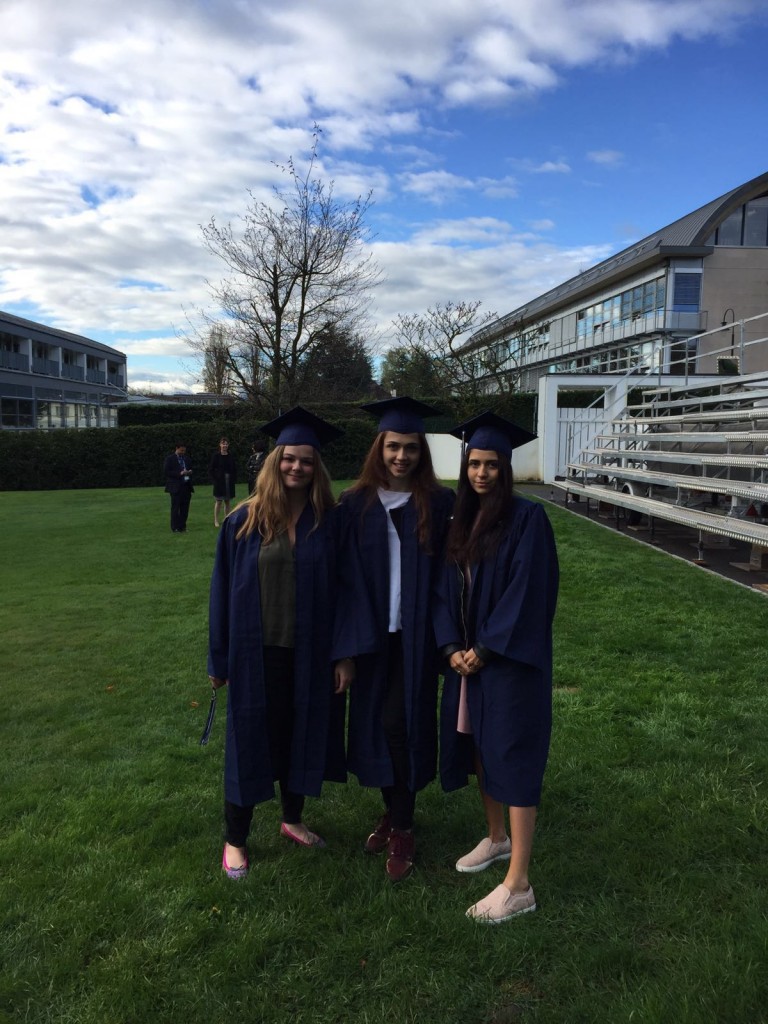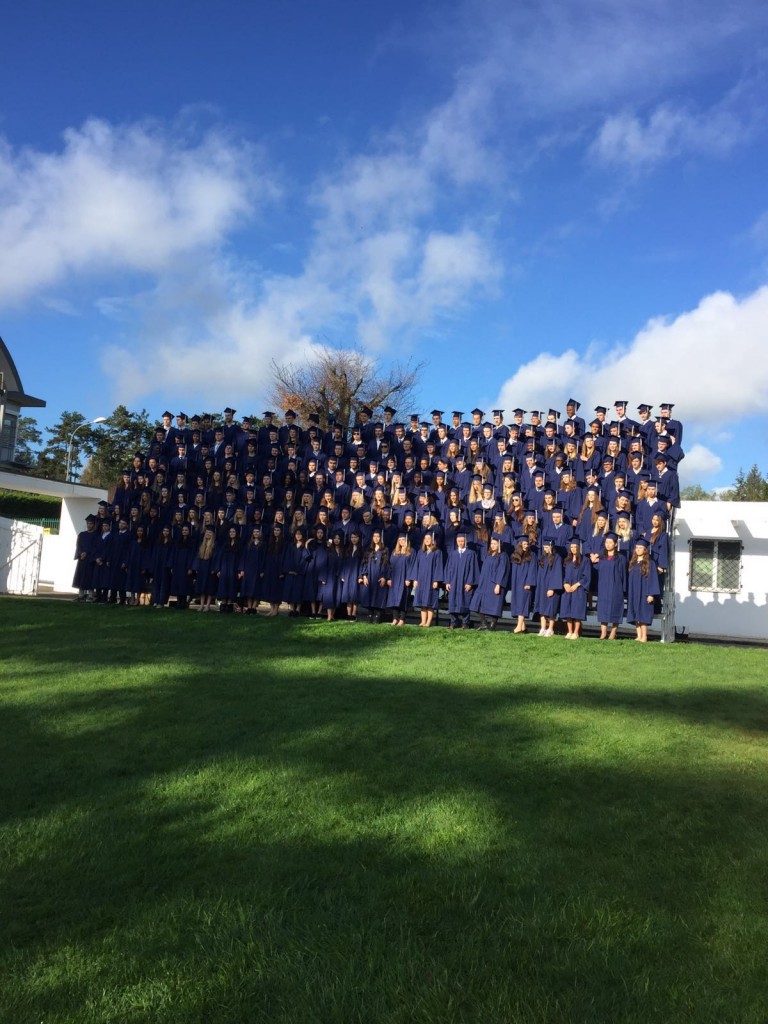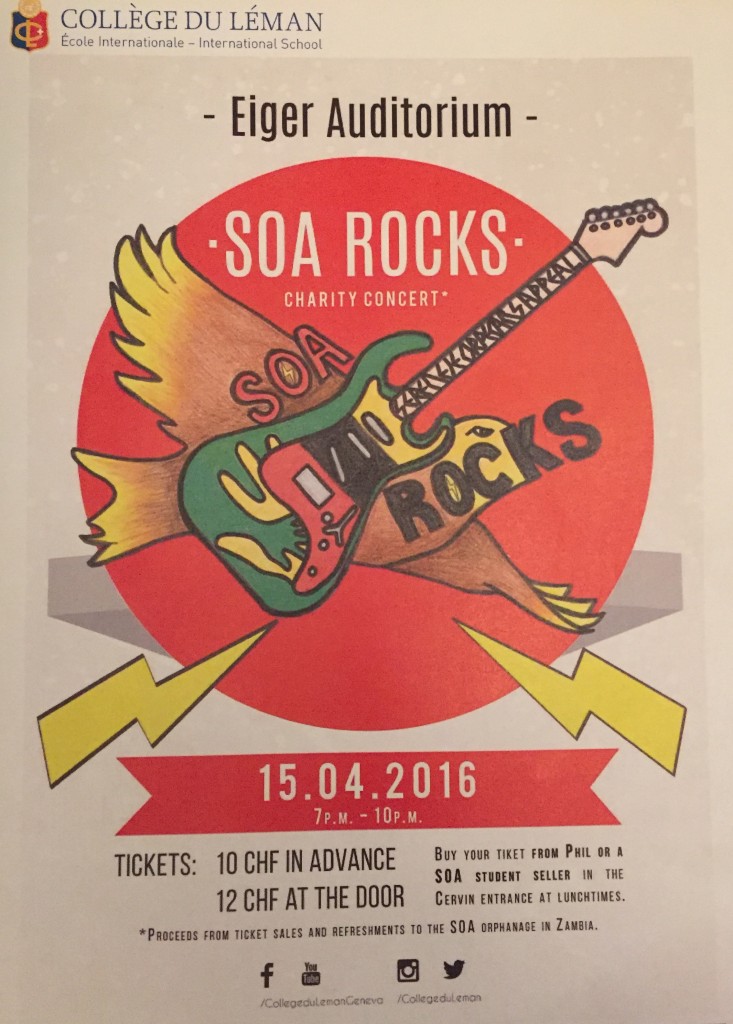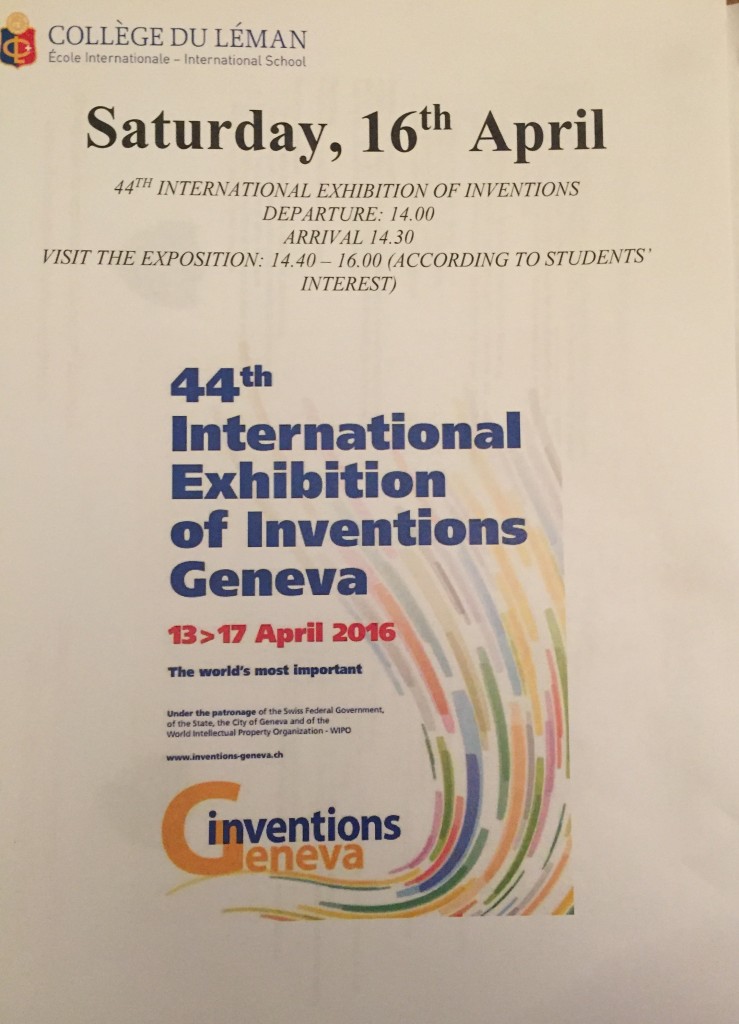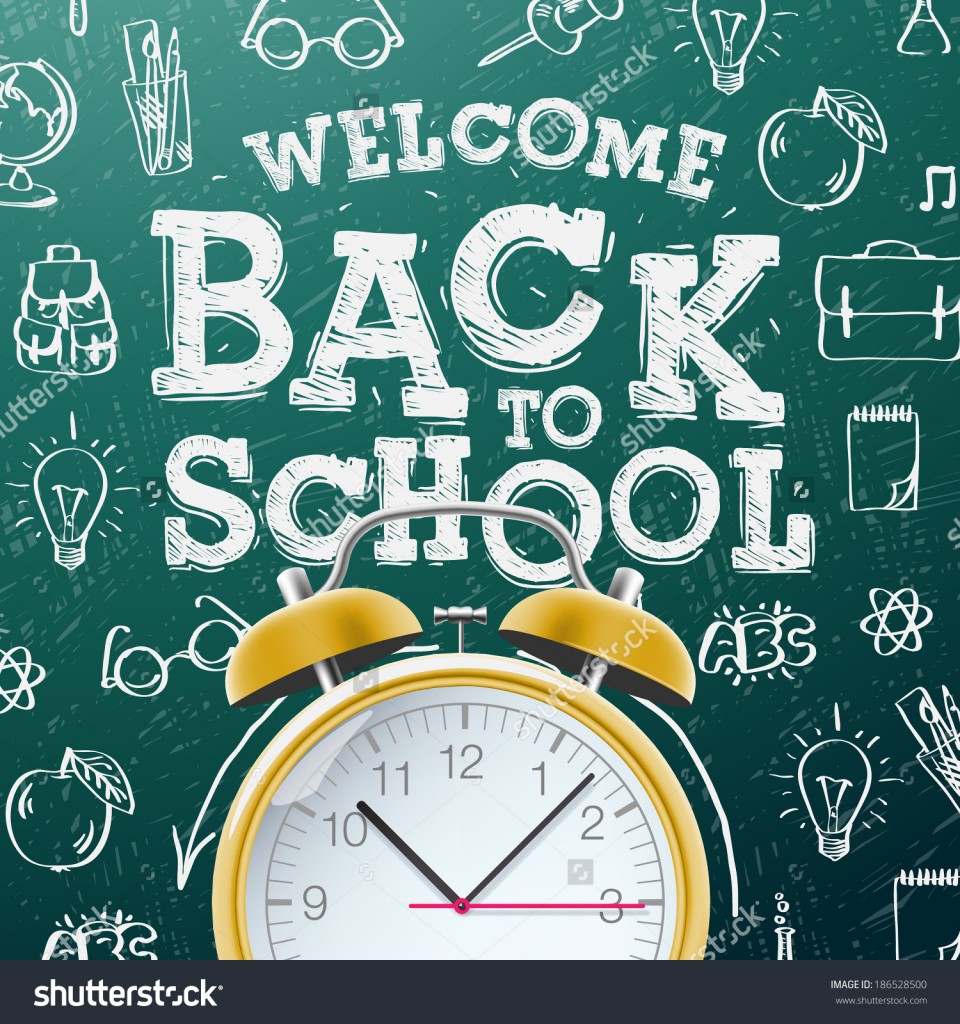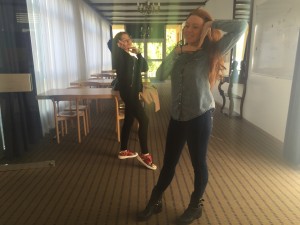Here we have Seda, Anna-Monika and Monica on their Photoshoot last Thrusday. The road towards the end of High School is almost over and we couldn’t be prouder and excited for them. Good luck in your final exams and will see you on May 28th for your Graduation Ceremony.
